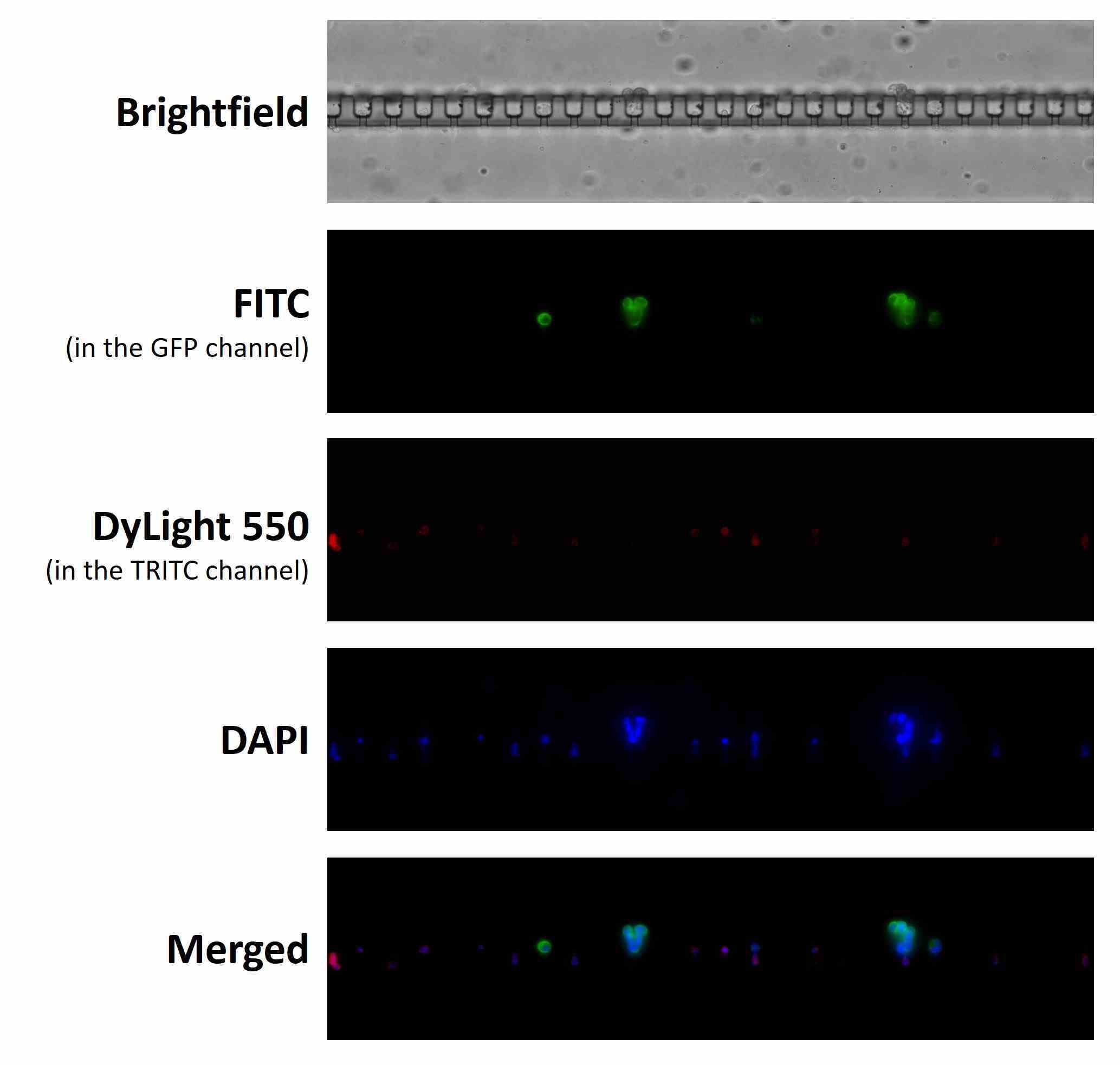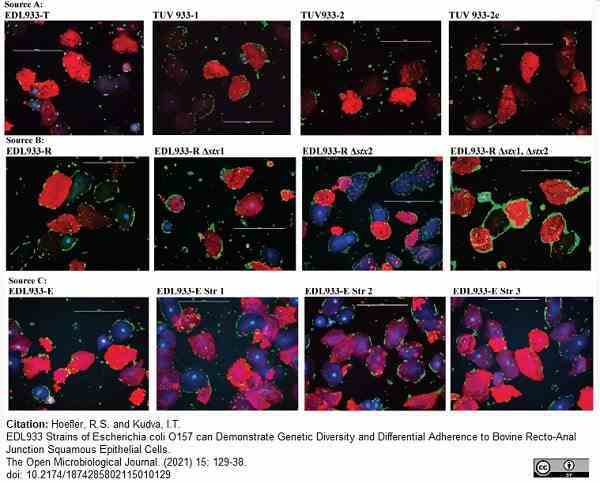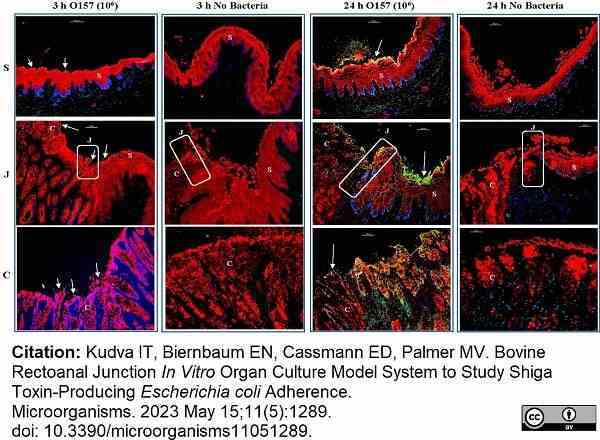Cytokeratin antibody | C-11




Mouse anti Human Cytokeratin (Pan Reactive)
- Product Type
- Monoclonal Antibody
- Clone
- C-11
- Isotype
- IgG1
- Specificity
- Cytokeratin
- Region
- PAN REACTIVE
| Mouse anti human cytokeratin (Pan reactive) antibody, clone C-11 recognizes the human cytokeratins 4, 5, 6, 8, 10, 13 and 18. Cytokeratins, also known as keratins, form a subfamily of cytoplamsic proteins expressed in epithelial cells where they form intermediate filaments responsible for providing cells resistance to mechanical stress. Cytokeratins are characterized by their remarkable biochemical diversity, with epithelial tissues expressing at least 20 different cytokeratins (cytokeratin 1 to 20) divided into type I cytokeratins (acidic cytokeratins 9 to 20) and type II cytokeratins (basic to neutral cytokeratins 1 to 8) subfamilies. Cytokeratin expression profile is largely specific to particular organs and tissues and their development stage. That tissue-specific expression profile of cytokeratins is usually retained upon epithelial cell transformation and is therefore used in clinic to identify the cells from which carcinomas originated from. Mouse anti Human Cytokeratin (Pan reactive) antibody, clone C-11, has been validated for use on the Genesis Cell Isolation System with the CelSelect SlideTM technology. |

|
- Target Species
- Human
- Species Cross-Reactivity
-
Target Species Cross Reactivity Mammals Expected from Sequence - N.B. Antibody reactivity and working conditions may vary between species.
- Product Form
- Purified IgG - liquid
- Preparation
- Purified IgG prepared by affinity chromatography on Protein A from tissue culture supernatant
- Buffer Solution
- Phosphate buffered saline
- Preservative Stabilisers
- <0.1% Sodium Azide (NaN3)
- Immunogen
- Keratin-enriched preparation from human epidermoid carcinoma cell line A431
- Approx. Protein Concentrations
- IgG concentration 1.0 mg/ml
- Regulatory
- For research purposes only
- Guarantee
- 12 months from date of despatch.
- Acknowledgements
- CelSelect Slides is a trademark of Bio-Rad Laboratories, Inc. in certain jurisdictions
This product should be stored undiluted. Should this product contain a precipitate we recommend microcentrifugation before use.
| Application Name | Verified | Min Dilution | Max Dilution |
|---|---|---|---|
| Flow Cytometry 1 | 1/100 | ||
| Immunofluorescence | |||
| Immunohistology - Frozen | |||
| Immunohistology - Paraffin 2 | |||
| Immunoprecipitation | |||
| Rare Cell / CTC Enumeration | 1/200 | ||
| Western Blotting |
- 1Membrane permeabilization is required for this application. The use of Leucoperm (Product Code BUF09) is recommended for this purpose.
- 2This product requires protein digestion pre-treatment of paraffin sections e.g. trypsin or pronase.
- Flow Cytometry
- Use 10ul of the suggested working dilution to label 1x106 cells in 100ul.
| Description | Product Code | Applications | Pack Size | List Price | Your Price | Quantity | |
|---|---|---|---|---|---|---|---|
| Mouse IgG1 Negative Control | MCA928 | F | 100 Tests |
|
Log in | ||
| List Price | Your Price | ||||||
|
|
Log in | ||||||
| Description | Mouse IgG1 Negative Control | ||||||
Source Reference
-
Bártek, J. et al. (1991) A series of 14 new monoclonal antibodies to keratins: characterization and value in diagnostic histopathology.
J. Pathol. 164: 215-24.
References for Cytokeratin antibody
-
Bártková, J.et al. (1991) Effects of tissue fixation conditions and protease pretreatment on immunohistochemical performance of a large series of new anti-keratin monoclonal antibodies: value in oncopathology.
Neoplasma. 38:439-446. -
Hoefler, R.S. & , Kudva, I.T. (2021) EDL933 Strains of Escherichia coli O157 can Demonstrate Genetic Diversity and Differential Adherence to Bovine Recto-Anal Junction Squamous Epithelial Cells
The Open Microbiology Journal. 15 (1): 129-38. -
Kudva, I.T. et al. (2023) Bovine Rectoanal Junction In Vitro Organ Culture Model System to Study Shiga Toxin-Producing Escherichia coli Adherence.
Microorganisms. 11 (5): 1289.
- UniProt
- P02538
- P05783
- P13645
- P13647
- P13646
- P19013
- P48668
- P04259
- P05787
- Entrez Gene
- KRT6A
- KRT6B
- KRT18
- KRT8
- KRT10
- KRT13
- KRT5
- KRT4
- KRT6C
- GO Terms
- GO:0005515 protein binding
- GO:0005200 structural constituent of cytoskeleton
- GO:0007398 ectoderm development
- GO:0008284 positive regulation of cell proliferation
- GO:0030154 cell differentiation
- GO:0045095 keratin filament
- GO:0005198 structural molecule activity
- GO:0007049 cell cycle
- GO:0009653 anatomical structure morphogenesis
- View More GO Terms
- GO:0034451 centriolar satellite
- GO:0043000 Golgi to plasma membrane CFTR protein transport
- GO:0043066 negative regulation of apoptosis
- GO:0044419 interspecies interaction between organisms
- GO:0048471 perinuclear region of cytoplasm
- GO:0008544 epidermis development
- GO:0030280 structural constituent of epidermis
- GO:0005882 intermediate filament
- GO:0005829 cytosol
- GO:0031581 hemidesmosome assembly
- GO:0007010 cytoskeleton organization
- GO:0030855 epithelial cell differentiation
- GO:0050680 negative regulation of epithelial cell proliferation
MCA6434GA
If you cannot find the batch/lot you are looking for please contact our technical support team for assistance.
Please Note: All Products are "FOR RESEARCH PURPOSES ONLY"
View all Anti-Human ProductsAlways be the first to know.
When we launch new products and resources to help you achieve more in the lab.
Yes, sign me up


